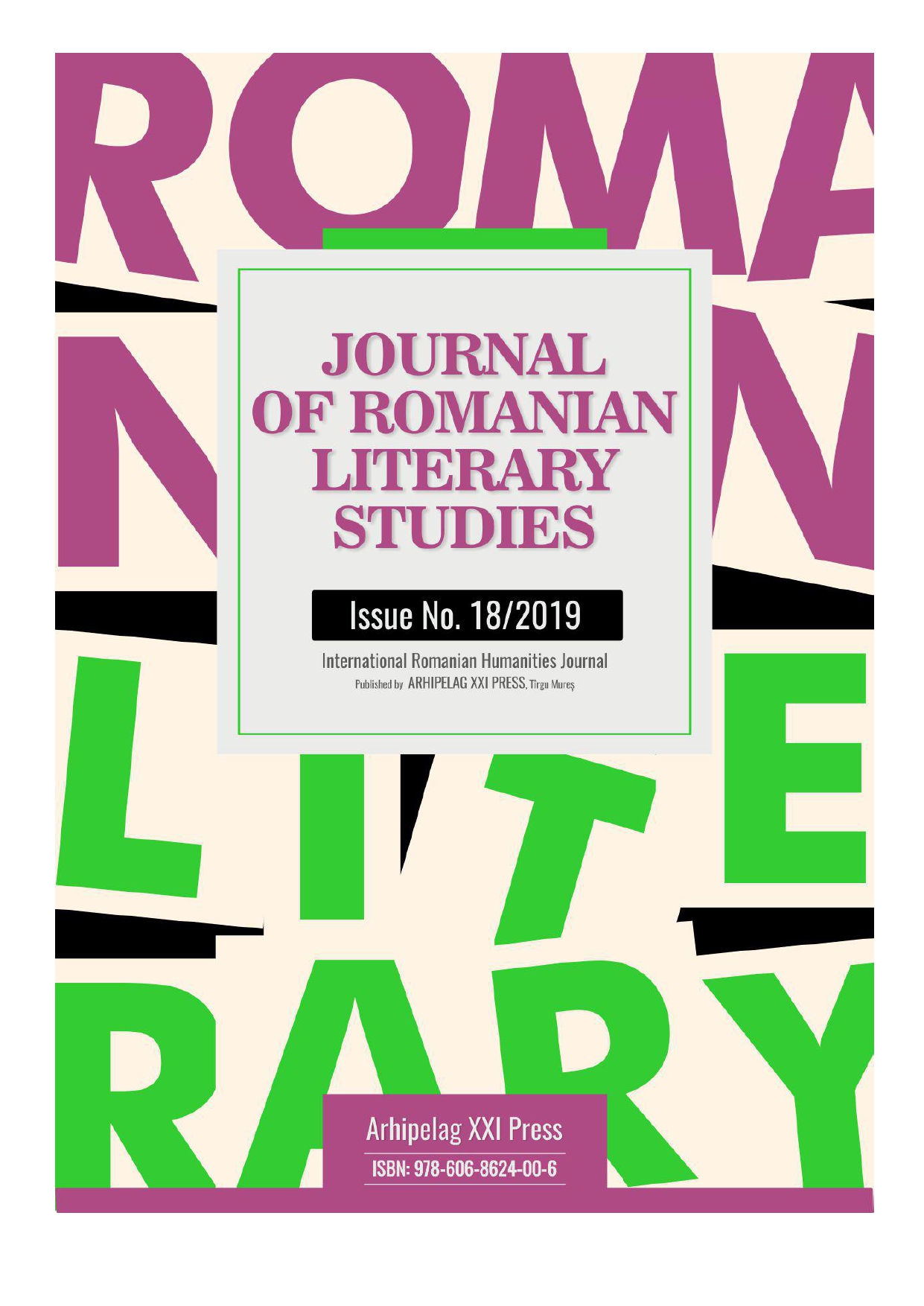INTERNATIONALISATION OF HIGHER EDUCATION- THE CASE OF CLIL METHOD
INTERNATIONALISATION OF HIGHER EDUCATION- THE CASE OF CLIL METHOD
Author(s): Carmen- Liliana MărunţeluSubject(s): Foreign languages learning, School education, Higher Education , History of Education, Educational Psychology, Sociology of Education, Pedagogy
Published by: Editura Arhipelag XXI
Keywords: learning; language; context; content; CLIL;
Summary/Abstract: Contemporary society is characterized by an obvious phenomenon of transforming the world into a unity that manifests itself on the scale of the whole globe, known by the term globalization. Under these circumstances, knowing different languages by people of different ages have become mandatory. Most school curricula include studying at least one foreign language. Language learning is conceived in different countries differently: in most countries, the curriculum provides for the first foreign language to be taught from primary or secondary school, in some countries language lessons begin with primary education at the age of 6 . However, practice shows that although foreign languages are studied over the course of many years, and the number of those studying these languages in school is very high, there are relatively few people who can communicate at a sufficient level in these languages. A new approach to studying a foreign language, widely spread in European countries, consists in teaching and learning a language through the perspective of integrated educational concepts, i.e. through integrated content learning and one language - the CLIL method.
Journal: Journal of Romanian Literary Studies
- Issue Year: 2019
- Issue No: 18
- Page Range: 199-203
- Page Count: 5
- Language: English

